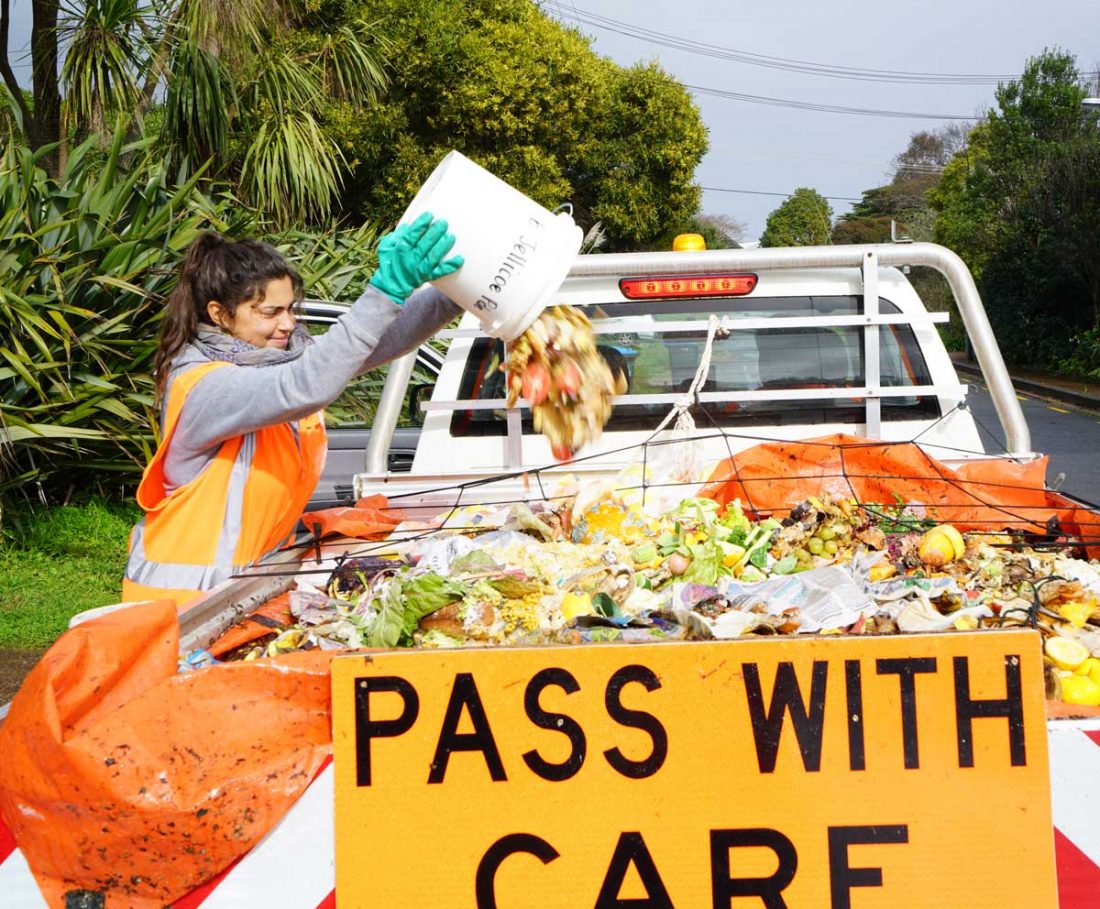Food waste and the environment
Food waste has a devastating effect on our environment. This could be avoided if all food scraps (waste) were locally composted.
Food production uses natural resources
Food production drains natural resources and this is indefensible when the food is not even wanted/consumed. By way of example, 1,500 litres of water are required to produce a kilogram of rice; 1,000 litres for one litre of milk and about 16,000 litres goes into making a hamburger. Emissions caused by food production include factory emissions, transport emissions, and livestock emissions for meat, eggs, and dairy.
The problem with food waste
Food is wasted on an astounding scale all over the world. Around 1/3 of all the world’s food that is produced is thrown away. In New Zealand alone, more than 250,000 tonnes of food waste is sent to landfill every year. Eliminating food waste should be a priority, but it is a complicated problem. Food may be binned because it expires too quickly, because it has been contaminated, or because of low demand for certain products or services. So for the foreseeable future we will have food scraps both as a by-product of the meal preparation process and as a result of over-production.
Many people recognise the social issues with food waste: how can we throw away food when millions around the world die from starvation? This is of course a cause for concern, but what many don’t realise is the environmental consequence of food waste.
When food is sent to landfill to decompose, it emits methane gas (CH4). Methane gas traps heat in the atmosphere at a rate 21 times higher than carbon dioxide (CO2) and therefore has an immense effect on climate change. It is estimated that in 2016, in New Zealand alone, 1.5 million tonnes of CO2 equivalent were released by sending organic waste to landfill. This does not even include all of the emissions that went into producing the unused food.
Globally, the organic fraction of municipal solid waste (MSW) contributes approximately 0.2-0.6 billion tonnes of greenhouse gases (GHGs) to the atmosphere every year. The carbon footprint of food produced and not eaten is 3.3 Gtonnes of CO2 equivalent (1 Gt = 1,000,000,000,000 kg). To put that in perspective, that is the mass of all the land mammals in the world other than humans, or approximately twice the mass of all of the humans in the world.
Food waste dumped in landfills can also be a source of nutrient and pathogen pollution (via leachate and runoff) in waterways and contamination of groundwater causing impacts on land and aquatic biodiversity.
How do we stop wasting food?
There is always going to be some level of food wastage. While we can and should try our best to minimise that, we can’t save everything. But the worst thing anyone can do with that unused food is to throw it in the bin to be sent to landfill. What we can do is locally compost the food that we don’t eat.
When food scraps are composted aerobically, all environmental effects are positive. Instead of methane, aerobic composting emits CO2, which is. of course still a GHG, but much less potent than methane. CO2 is what nature has been releasing for millions of years and a natural part of the carbon cycle. And, instead of losing the carbon from the cycle (in landfill) it is reinvested in the soil, just as nature intended.
On top of that, aerobic composting also helps solve world hunger. This is because compost also helps to produce food, which can then cheaply feed a community.
If you are ready to stop contributing to the food waste problem, and start helping to reverse its effects, consider composting. Get started with a CarbonCycle Composter.


No Comments